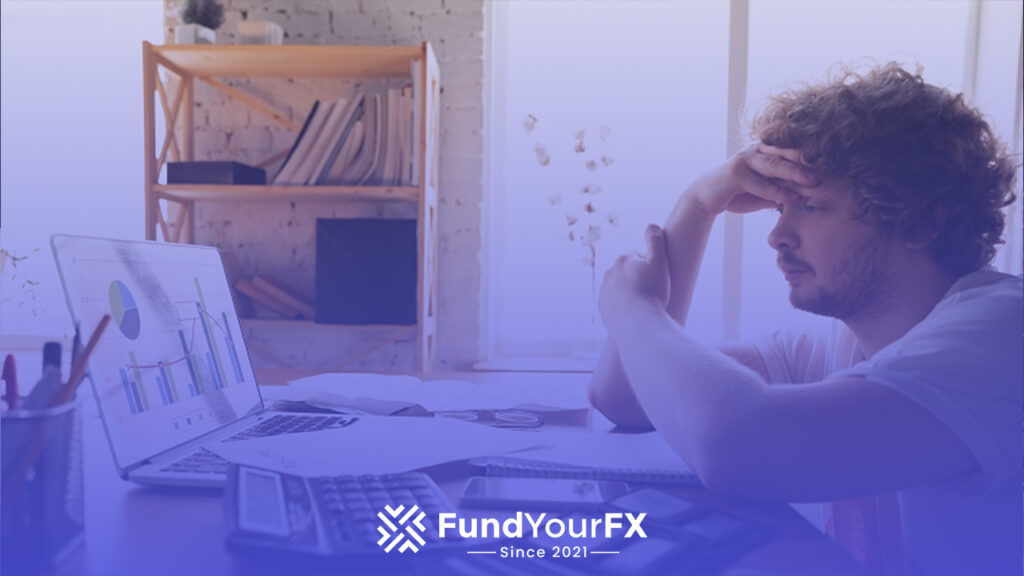Forex trading has become one of the most popular financial markets, attracting millions of traders from around the world. Whether you’re a beginner eager to start trading or an experienced trader searching for new brokers, learning how to open a forex trading account is the first step to entering the market.
In the forex market, you can trade major currency pairs like EUR/USD, GBP/USD, and USD/JPY 24 hours a day, five days a week. However, before you place your first trade, it’s crucial to understand the forex trading account setup process and how to choose the best forex brokers for beginners.
In this guide, we will walk you through the entire process, from selecting the right broker to executing your first trade.
Step 1: Choosing the Right Forex Broker

Before opening an account, it’s crucial to choose a reliable and regulated forex broker. With thousands of brokers in the forex industry, not all are safe or trustworthy.
✅ What to Look for in a Forex Broker?
1️⃣ Regulation & Security: Always opt for a broker regulated by a reputable financial authority, such as:
- FCA (UK) – Financial Conduct Authority 📌
- ASIC (Australia) – Australian Securities and Investments Commission 📌
- CySEC (Cyprus) – Cyprus Securities and Exchange Commission 📌
- CFTC (USA) – Commodity Futures Trading Commission 📌
💡 It’s a good idea to verify a broker’s regulatory status on websites like Forex Peace Army before signing up.
2️⃣ Trading Conditions: Look for brokers that offer:
- Low spreads and commissions 🏆
- Fast order execution ⚡
- Fair leverage options (Avoid brokers that offer extreme leverage like 1:1000, as this can be too risky for beginners!)
3️⃣ Trading Platform: Make sure the broker supports popular trading platforms like MetaTrader 4 (MT4), MetaTrader 5 (MT5), or cTrader.
4️⃣ Deposit & Withdrawal Methods: Confirm that the broker provides convenient deposit and withdrawal options, such as:
- Bank transfers
- Credit/debit cards
- E-wallets (PayPal, Skrill, Neteller)
- Cryptocurrencies (BTC, USDT, ETH)
💡 Pro Tip: Check broker reviews on platforms like Trustpilot before making your final decision.
Step 2: Registering for a Forex Trading Account
After selecting a broker, the next step is to sign up for an account. The forex trading account setup process is usually quick and straightforward.
📌 What Information Do You Need to Provide?
- Full Name
- Email Address 📧
- Phone Number 📞
- Country of Residence 🌍
- Preferred Account Type (Standard, ECN, demo, or live accounts)
💡 To compare various forex account types, check out Investopedia’s Forex Guide.
Step 3: Verifying Your Trading Account (KYC Process)
Before you can begin trading, you must complete the forex account verification process. This is part is known as the Know Your Customer (KYC) process, which is designed to ensure your security.
📌 Documents Needed for Verification
✔️ Proof of Identity – This can be a Passport, Driver’s License, or National ID 📄
✔️ Proof of Address – You can use a utility bill or bank statement issued within the last three months 🏠
💡 To learn more about KYC regulations, check out FINRA 📌
The verification process typically takes a few hours to 1-2 business days, depending on the broker.
Step 4: Funding Your Trading Account
Once your account has been verified, the next step is how to fund a forex trading account. Different brokers accept various payment methods.
Common Deposit Methods:
✅ Bank Transfer 🏦 (Takes 1-3 business days)
✅ Credit/Debit Cards 💳 (Instant)
✅ E-wallets 💸 (Skrill, Neteller, PayPal – Instant)
✅ Cryptocurrencies ₿ (Varies)
💡 Before depositing, make sure to check the broker’s minimum deposit requirements on sites like MyFXBook.
🚨 Remember to avoid trading with money that you cannot afford to lose!
Step 5: Downloading the Trading Platform & Logging In
Once your account is funded, it’s time to download your trading platform of choice:
- MetaTrader 4 (MT4) 📊 – The most widely used platform.
- MetaTrader 5 (MT5) 🚀 – Offers advanced features for traders.
- cTrader 💻 – Excellent for ECN trading.
📌 Here’s how to log in to your trading account:
1️⃣ Open the trading platform.
2️⃣ Enter your account ID and password (which will be sent to you by your broker).
3️⃣ Select the correct server (either Live or Demo).
4️⃣ Start exploring charts and placing your trades!
Step 6: Placing Your First Trade
Now that everything is set up, it’s time to execute your first forex trade!
📌 Basic Order Types:
- Market Order: This is an instant buy or sell at the current price.
- Limit Order: This allows you to buy or sell at a specified price.
- Stop Order: This type of order executes your trade when the price reaches a certain level.
💡 For a deeper understanding of trade execution, check out BabyPips’ Guide to Forex Orders. 📌
Common Mistakes to Avoid When Opening a Forex Account

🚫 Choosing an unregulated broker – Always make sure to verify the broker’s license before proceeding.
🚫 Depositing too much money too soon – It’s wise to start with a demo account first to get a feel for the trading environment.
🚫 Ignoring hidden fees – Be aware that some brokers may charge high withdrawal fees that can cut into your profits.
🚫 Overleveraging trades – Using excessive leverage can result in significant losses, so it’s important to manage your risk carefully.
Final Thoughts: Getting Started the Right Way
Opening a forex trading account is straightforward, but selecting the right broker and managing your risk effectively is what sets successful traders apart.
📌 Key Takeaways:
✅ Choose a regulated broker 🏦
✅ Start with a demo account before trading with real money 📊
✅ Always manage your risk using stop-loss and take-profit levels 🚨
By following this guide, you are now prepared to embark on your forex trading journey! 🚀







